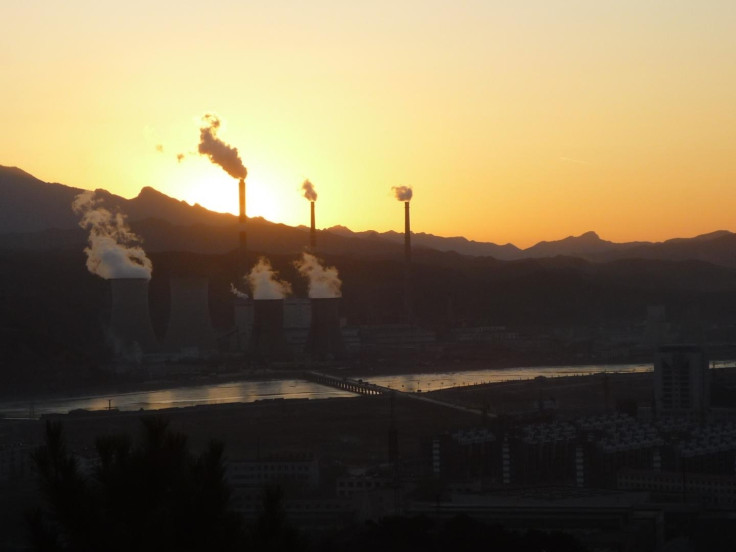Most people think the ozone layer is healing - but this study suggests it's facing a new threat
Dangerous chemicals could be harming the Earth's protective ozone layer.

The depletion of the ozone layer is widely perceived to be a problem that has been solved due to the success of the Montreal Protocol – the treaty signed in 1987 that Koffi Annan once described as the "single most successful international agreement to date".
But now, an international team of researchers has uncovered an unexpected and growing danger to the ozone layer due to rising emissions of certain chlorine-containing chemicals that are not regulated by the treaty.
The new study, led by David Oram from the University of East Anglia, is published in the journal of European Geosciences Union.
The Montreal Protocol – which was ratified by 197 countries – was agreed to phase-out chemicals that were destroying the ozone layer, the crucial region of the stratosphere that shields the Earth from most of the harmful UV radiation emitted from the Sun
As a result of the agreement, the ozone began to heal, but this new research suggests that the recovery is in peril.
But why were the substances identified in the new study not included in the original agreement?
They were "generally thought to be too short-lived to reach the stratosphere in large quantities", Oram said. The study highlights increasing emissions of the short-lived chemicals in East Asia and describes the process by which they move up into the stratosphere and deplete the ozone layer.
These ozone-depleting chemicals can be especially damaging when they originate from places like China because cold-air surges in East Asia can carry industrial pollution into the tropics.
"It is here that air is most likely to be uplifted into the stratosphere," said Matt Ashfold, co-author of the study, from the University of Nottingham's Malaysia Campus. Because they reach the ozone so quickly, they can cause damage before they are degraded.
A chemical called dichloromethane is one the main new culprits, a substance that has various applications, including being used in the production of pharmaceuticals. The quantity of dichloromethane in the atmosphere has increased by around 60% in the last decade.
"This was a major surprise to the scientific community and we were keen to discover the cause of this sudden increase," Oram said. "We expected that the new emissions could be coming from the developing world, where industrialisation has been increasing rapidly."
"Our estimates suggest that China may be responsible for around 50-60% of current global emissions [of dichloromethane], with other Asian countries, including India, likely to be significant emitters as well."
For the study, researchers collected air samples from the South China Sea region and analysed them to see which ozone-depleting chemicals were present.
Dichloromethane was detected in large quantities, as well as 1,2-dichloroethane, another ozone-depleting substance that is used when making PVC – the production of which has increased rapidly in Asian countries in the last two decades.
Oram said that the rise in Dichloromethane was unexpected and surprising because the chemical is both a "valuable commodity" and "highly toxic" so "one would expect that care would be taken not to release [dichloromethane] into the atmosphere".
Additional data collected from a passenger aircraft that flew over Southeast Asia between 2012 and 2014 showed that the substances were not only present at ground level.
"We found that elevated concentrations of these same chemicals were present at altitudes of 12km over tropical regions, many thousands of kilometres away from their likely source, and in a region where air is known to be transferred into the stratosphere," said Oram.
"We are highlighting a gap in the Montreal Protocol that may need to be addressed in the future, particularly if atmospheric concentrations continue to rise."





















